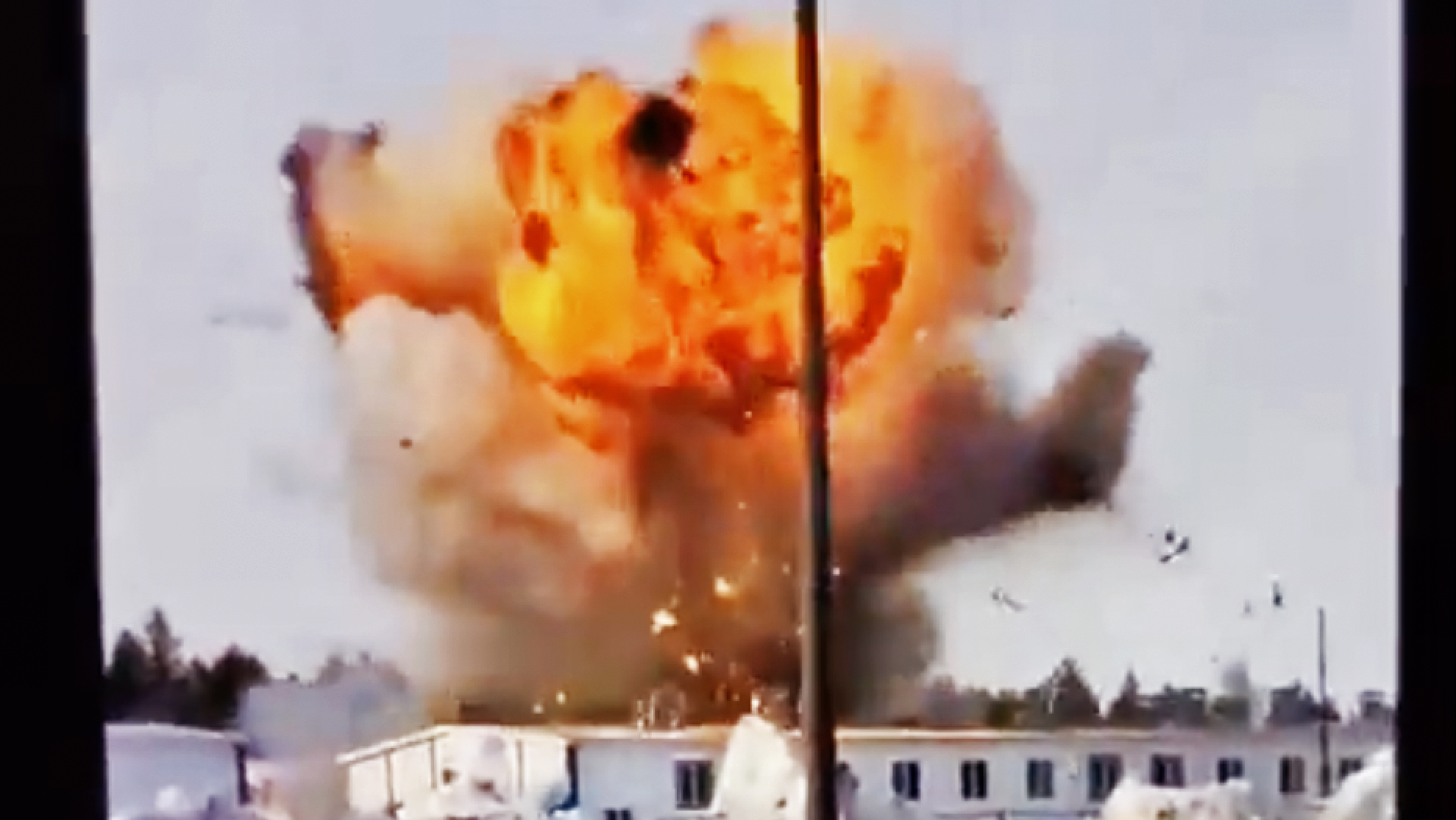Less than a month after we got our first glimpse inside the Russian factory where license production of the Iranian Shahed-series one-way attack drone is taking place, a Ukrainian attack appears to have been launched against the facility. Today’s may well have been the longest-range aerial strike launched by Ukraine so far and it appears to have involved a previously unseen drone that was converted from a light manned aircraft.
A video that appeared today on social media shows the improvised drone coming in low and slamming into a building, resulting in a huge fireball.
The intended target was purportedly the Shahed production facility in Yelabuga, in Russia’s southeastern Tatarstan region. This was confirmed by an unnamed Ukrainian intelligence source, Reuters reported, and a member of Ukraine’s military intelligence agency (GUR) told the Kyiv Independent the same. According to initial reports, officials in Kyiv believe that the attack caused significant damage to the facility, although this cannot be independently verified.
Another video shows the blast from a different angle, followed by people running for cover.
With a propeller at the front, a braced high wing, conventional tail, and fixed undercarriage, the drone used in the Ukrainian attack appears to be a civilian light aircraft adapted as a one-way attack drone.

One possibility is that it is a development of the Ukrainian-made Aeroprakt A-22, which is classified as an ultralight and is produced as a factory-built aircraft and as a kit.
With maximum fuel, the standard A-22 has a range of around 680 miles, suggesting that, with some modifications, it would be able to cover the distance involved, depending on the weight of the warhead and guidance equipment.
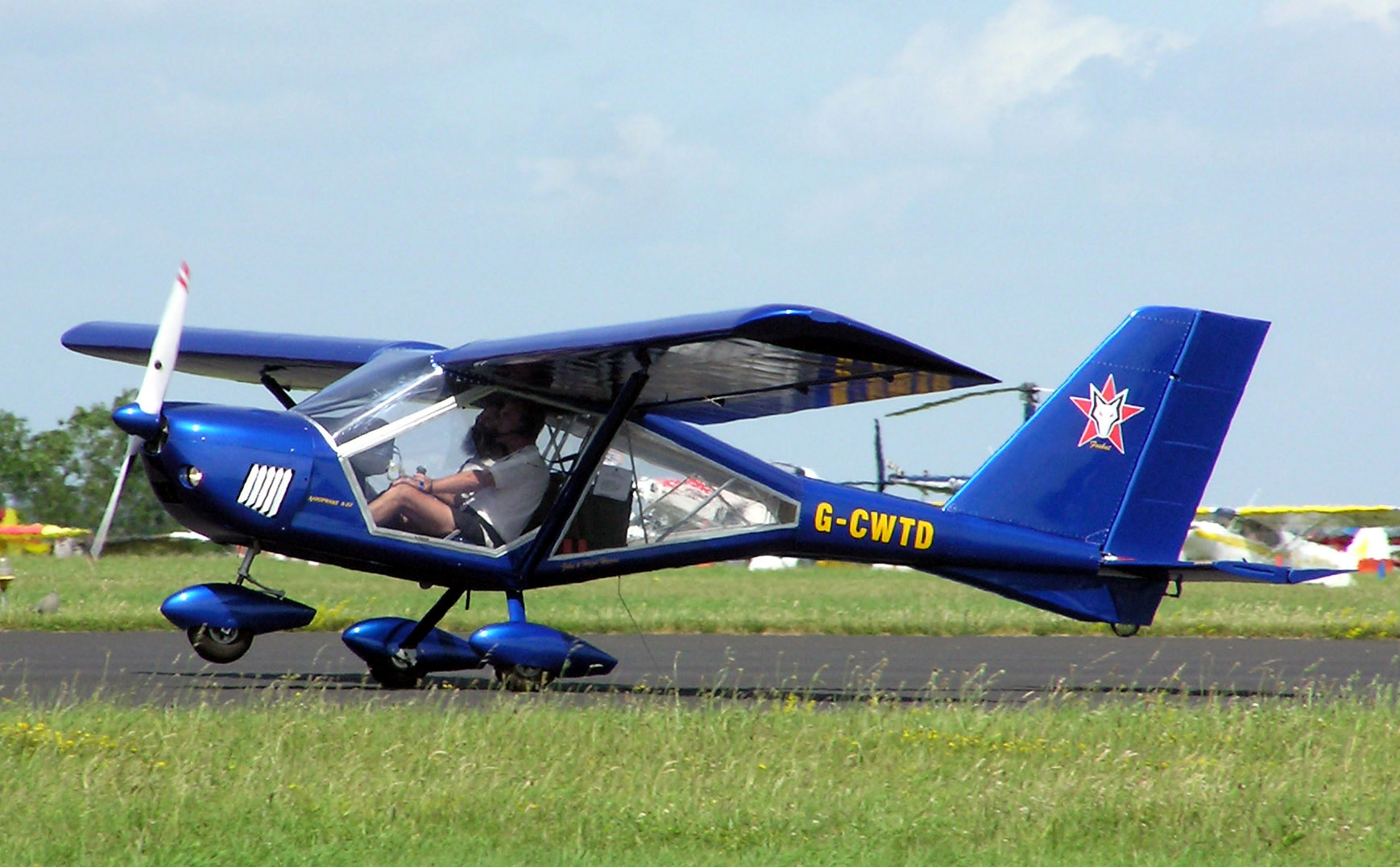
Broadly similar drone designs have been used before by Ukraine for long-range attacks, most notably the UJ-22. This is also a single-engine propeller drone but, despite its light aircraft layout, it was developed from scratch, rather than being a modification of an existing platform, and is smaller than a manned type. It has a reported range of around 500 miles, too short for the Tatarstan strikes.
In Tatarstan, regional head Rustam Minnikhanov admitted that drones had attacked industrial sites in the region in the early hours — apparently around 5:45 a.m. local time — and that several people had been wounded.
“There is no serious damage, the technological process of the enterprises is not disrupted,” Minnikhanov said, although he didn’t specifically mention the drone factory.
Meanwhile, there have also been questions raised as to whether the building struck by the drone was part of the plant manufacturing the Shahed.
Russian media reports suggest that the strike in Yelabuga actually hit a dormitory housing workers and that at least 12 students were injured. The Shahed production plant is within a “special economic zone,” an area with a different legal system aimed at attracting foreign investment and including various other industrial facilities.
Regardless, other targets in the wider Tatarstan region also came under attack this morning, including the Taneco oil refinery in Nizhnekamsk, state news agency RIA reported.
It appears that a different type of drone was used to attack the Taneco refinery, based on an available video that purports to show the wreckage. Some accounts have suggested this is an example of the aforementioned UJ-22, but that does not look to be the case based on the gear and general configuration of the wreckage.
Whatever the degree of damage to the Shahed plant, the attack shows the potential for Ukraine to disrupt critical war industries deep within Russia. It’s notable, too, that the Shahed factory was apparently targeted at the same time as Russia is making heavy use of these drones to attack Ukraine’s energy infrastructure.
As well as the military and symbolic value of an attempted attack on the Shahed production plant, along with one of Russia’s biggest refineries, this drone raid is also notable as it is one of the deepest launched by Ukraine into Russian territory. Yelabuga, for example, is roughly 700 miles from the closest Ukrainian border area. Depending on where the drone took off from, it may even be the longest-range attack of its kind ever launched by Ukraine — previous attacks in and around St. Petersburg also involve broadly similar distances.
Despite the distance involved, the drone factory was always going to be an absolute top target for Ukraine.
Ever since October 2022, Ukraine has come under sustained attack from Iranian-designed Shahed series drones. The importance of this weapon to Moscow’s war in Ukraine prompted moves to establish a local production effort.
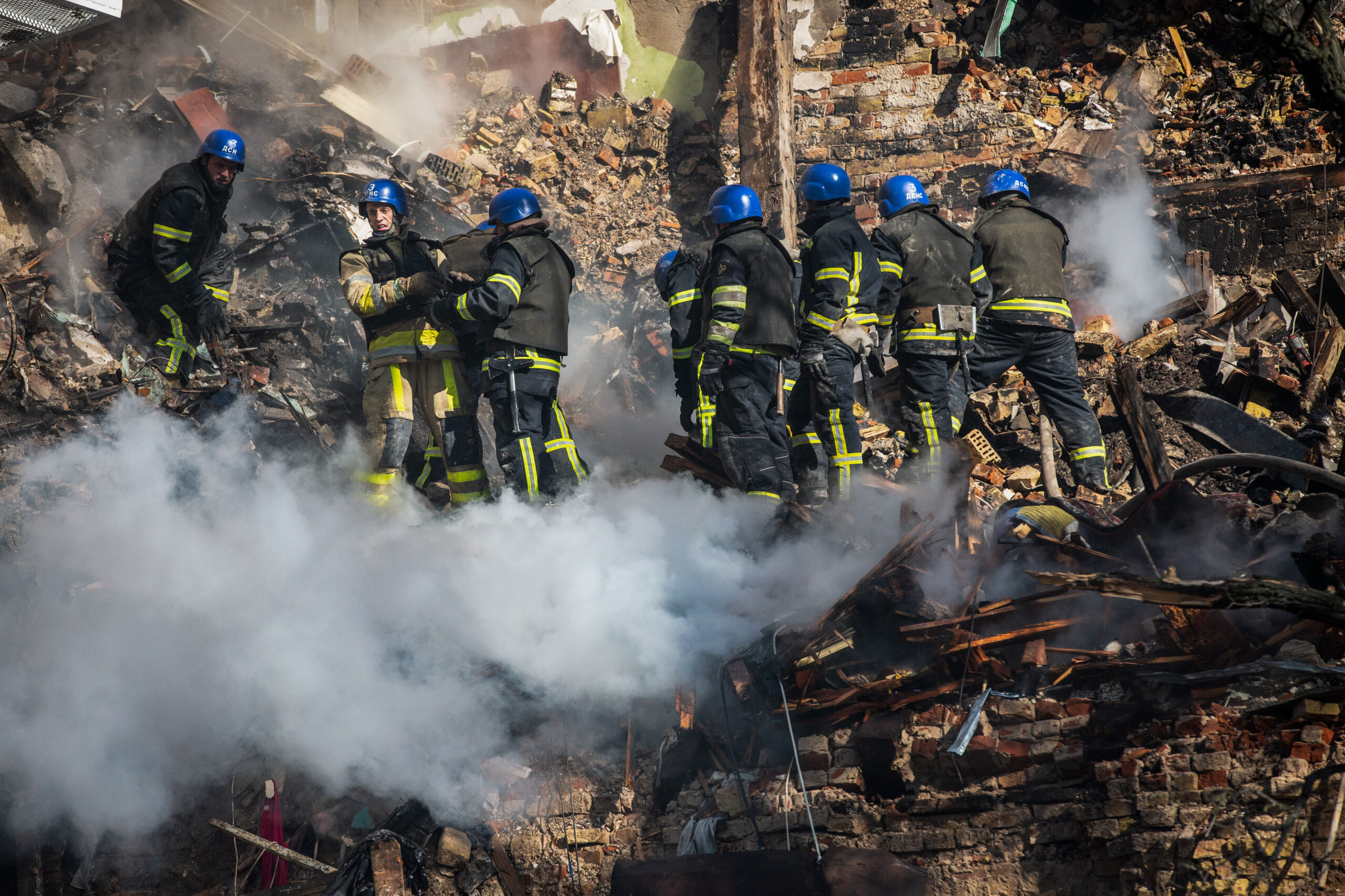
Previous reports suggested that Russia had established the drone assembly plant in Tatarstan by April 2023, although the initial manufacturing effort seems to have used exclusively Iranian components. As of last August, it was being reported that the Russian plant had “reassembled drones provided by Iran but … itself manufactured only drone bodies, and probably for not more than 300 of the UAVs.”
Subsequently, sources in Ukraine stated that the factory will only make the full transition to Russian components sometime next year. The ‘Russianization’ of the Shahed has meanwhile also seen the introduction of various improvements to the drones, some of which you can read more about here and here.
Regardless of any technical innovations incorporated in the drones, the sheer number of these weapons that Russia plans to build presents Ukraine with a very serious problem, especially as it struggles to secure additional air defense systems from its allies in the United States and Europe.
In August last year, The Washington Post reported that Russia plans to “domestically build 6,000 drones by summer 2025.”
The same report concluded, “the sprawling new drone factory could help Russia preserve its dwindling supply of precision munitions, thwart Ukraine’s effort to retake occupied territory, and dramatically advance Moscow’s position in the drone arms race that is remaking modern warfare.”
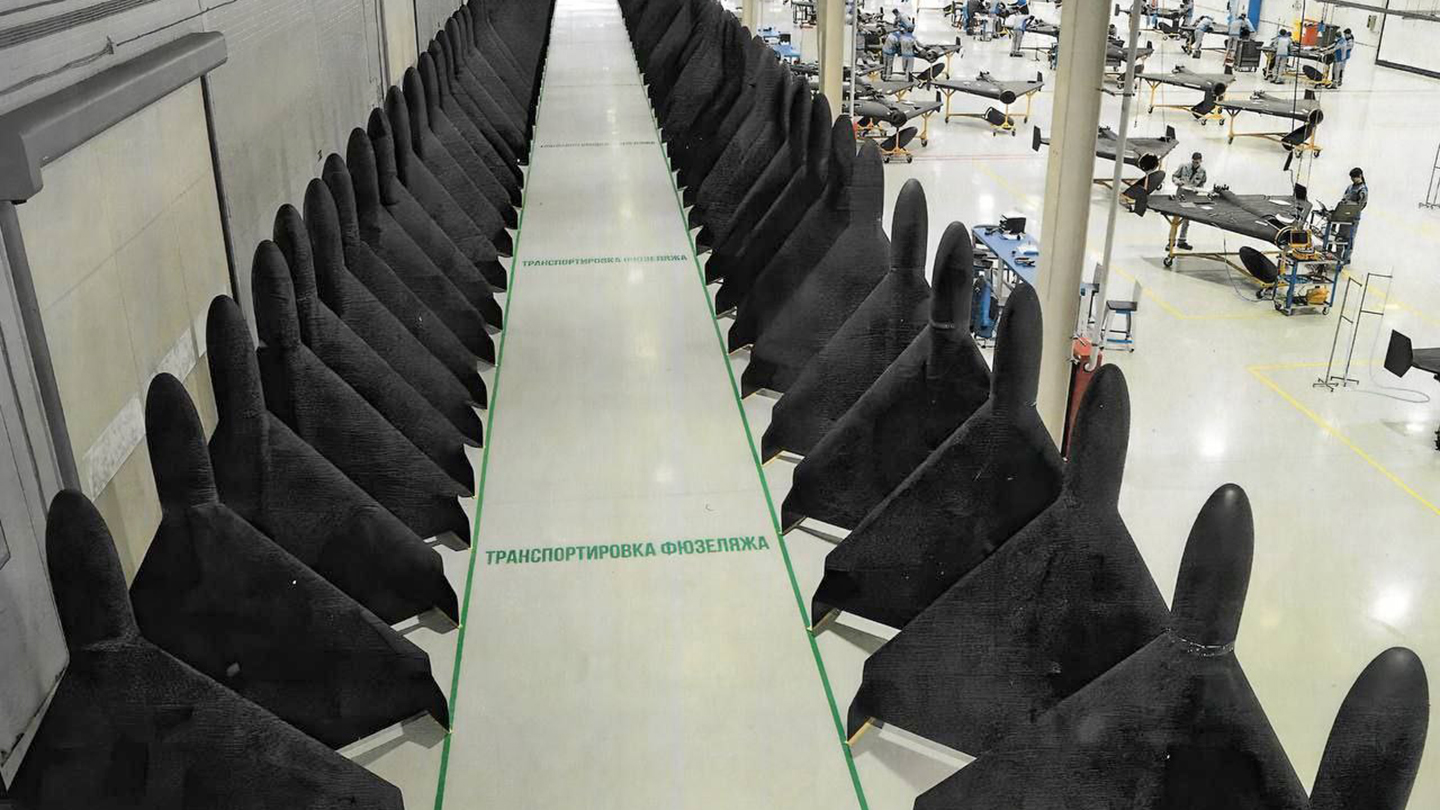
Already, Moscow’s use of Shahed drones has brought widespread destruction across much of Ukraine. In the process, the drones have taken a steady toll on the civilian population, as well as hitting critical power infrastructure for two winters in a row.
Striking at the production facility for these notorious weapons was therefore very a high priority for Ukraine. This is something we laid out in our original piece on the Shahed factory, stating:
“…The drone factory in Tatarstan, although located 500 miles east of Moscow, is bound to be firmly in the sights of Ukraine, with an attack on the facility threatening the future supply of Russian-made Shaheds. Ukraine is steadily increasing the range at which it can strike targets within Russian borders, including using sabotage teams as well as long-range drones and missiles.
After all, once the Russian Shahed production effort is properly established and scaled-up, Ukraine will not only face the prospect of drone attacks on a larger scale but potentially also the threat of significantly more capable versions of these menacing weapons.”
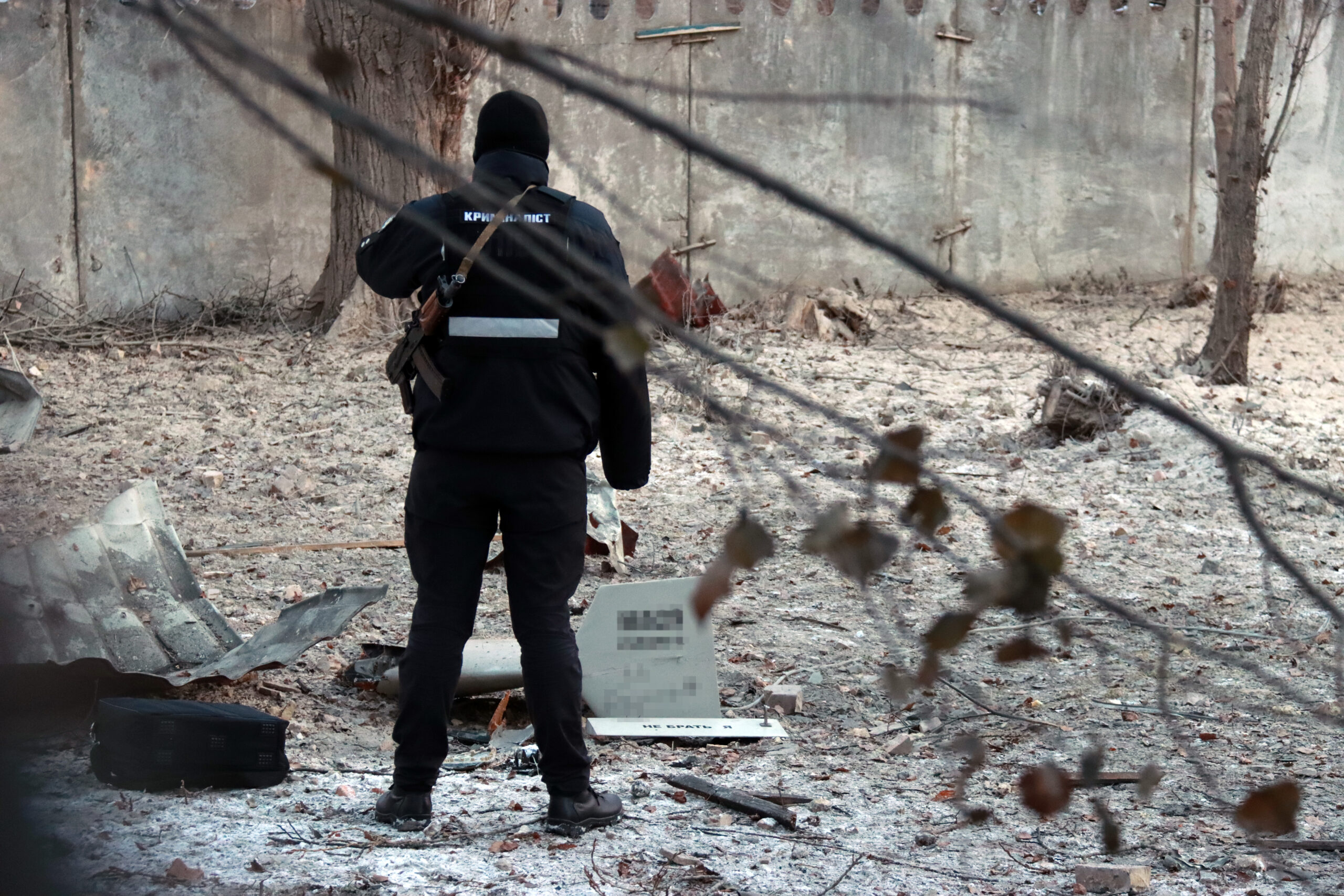
Whatever the type of drone involved, it points to Ukraine’s growing ability to strike targets very deep within Russia’s borders.
In January this year, the Ukrainian military heralded the launch of a “new phase” in the conflict, one that is relying heavily on the country’s recently developed long-range one-way attack drones.
That campaign began with a round of strikes against targets in St. Petersburg and the Leningrad region, exploiting new long-range drone technology, with drones that offer greater reach as well as a higher level of performance and larger payloads, compared with previous designs.
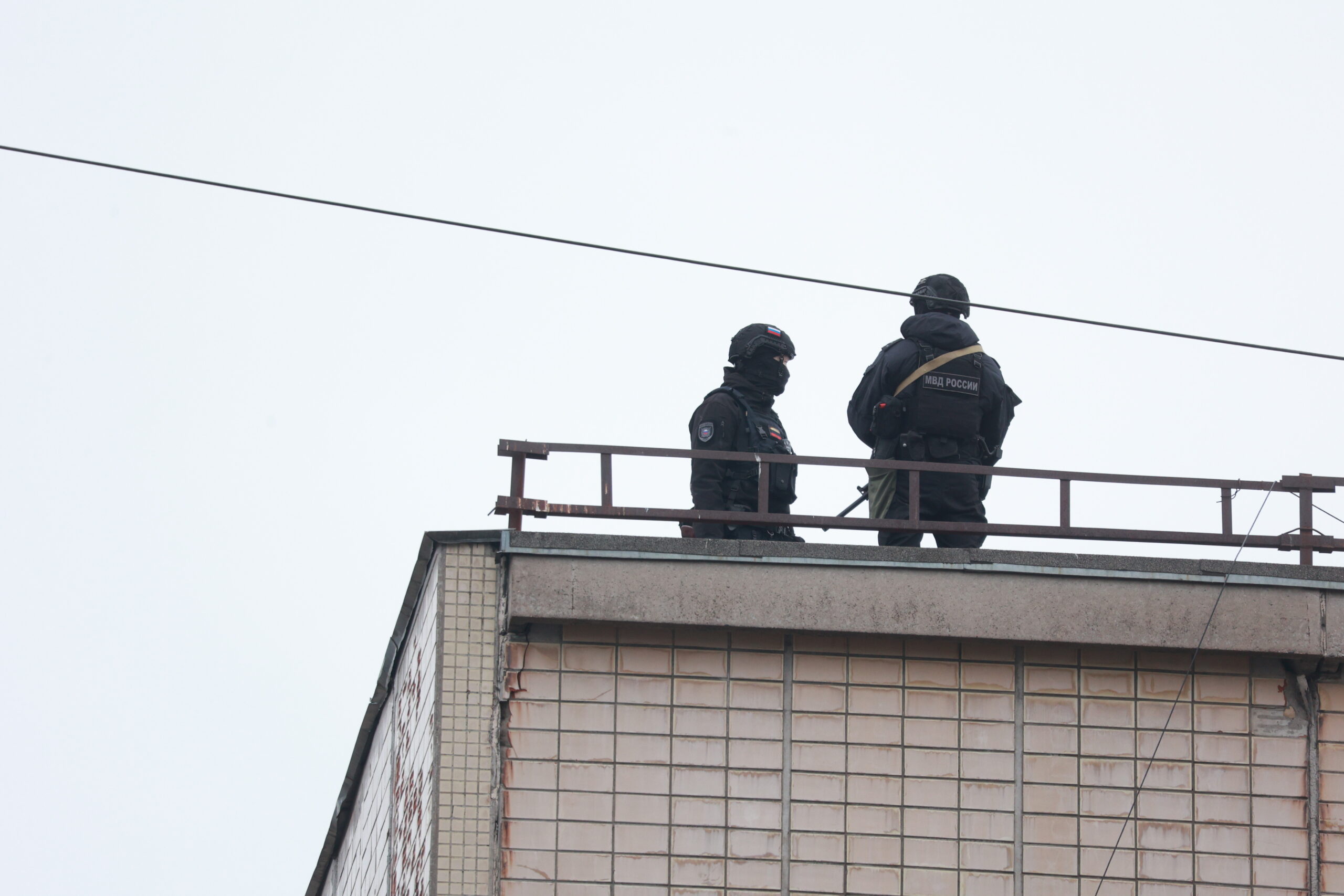
For long now, Ukraine’s campaign of — fairly sporadic — long-range drone strikes was seen as an act of defiance, a means of best ‘bringing the war home’ to Russia, as well as to offer an alternative means of fighting back as the situation along the front lines continues to stagnate.
Now, however, Ukraine is waging a well-organized and concerted campaign against Russian oil infrastructure, in particular. On just one day last month, Ukraine sent long-range drones against a dozen Russian oil refineries, reportedly amounting to about 12 percent of its total oil-processing capacity. The effects of this campaign are already being seen, with Russian oil companies forced to reduce production, resulting in a spike in global oil prices.
Not surprisingly, the raids on Tatarstan have again raised questions about the efficiency of Russian air defenses, a theme that has come up repeatedly since Ukraine first launched long-range drone strikes on its territory. While the air defense forces are clearly stretched very thin due to the war in Ukraine and the requirement to cover the highest-priority objectives, not least the capital, it should also be recalled that detecting and destroying low- and slow-flying targets can be difficult — something that was as true in Soviet times as it is today. But the Shahed factory is of such high military importance, it is very strange that point defenses were not present — or at least active — when the strike took place.
Now that Ukraine is better able to launch long-range drone strikes, it also means it can hit back against far-flung critical military targets, too, including the Shahed production facility. Regardless of the success or otherwise of this strike, if Russia thought that establishing a drone factory 500 miles east of Moscow would provide some element of protection, today’s events will force them to reevaluate that notion.
Contact the author: thomas@thewarzone.com
